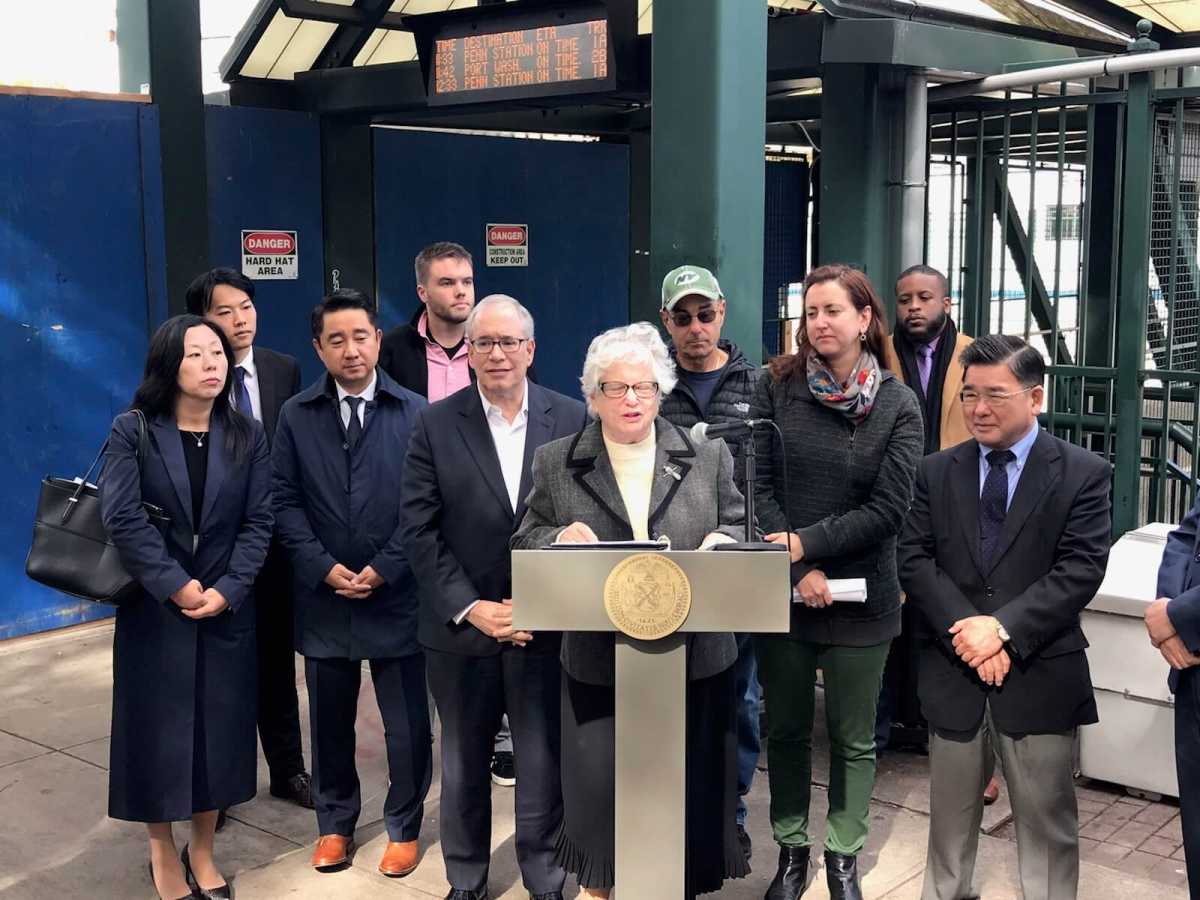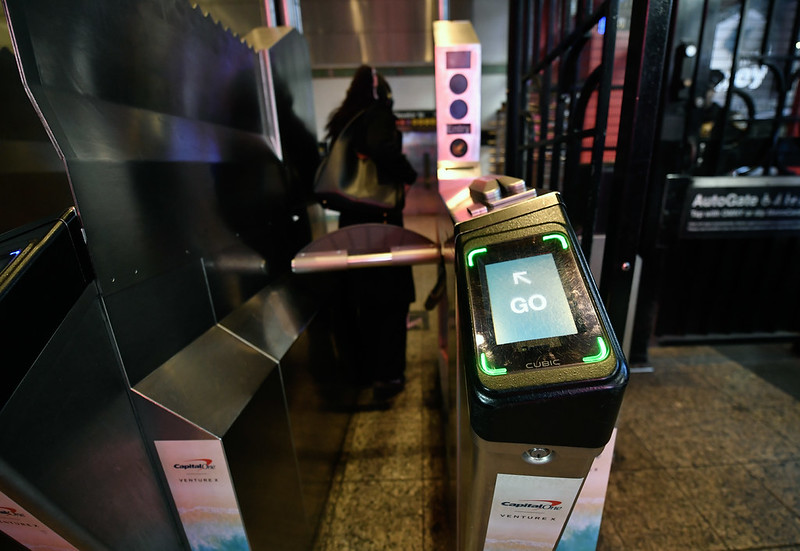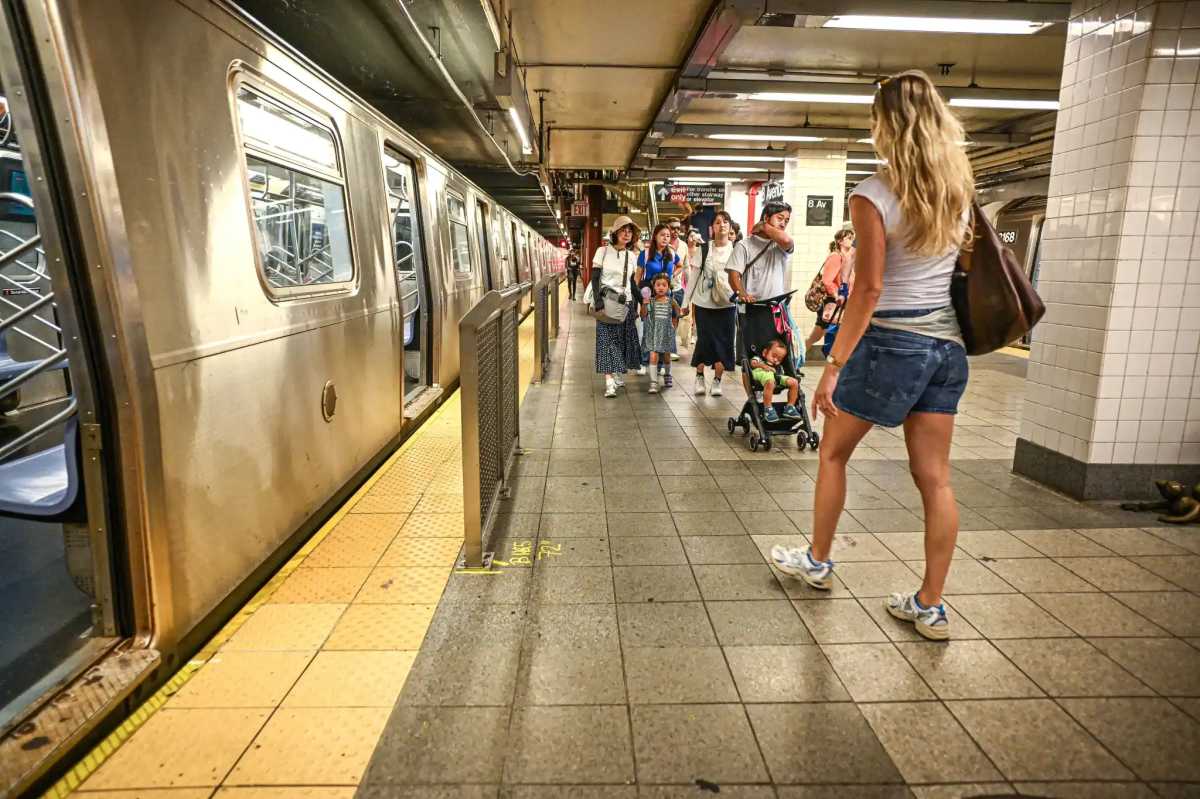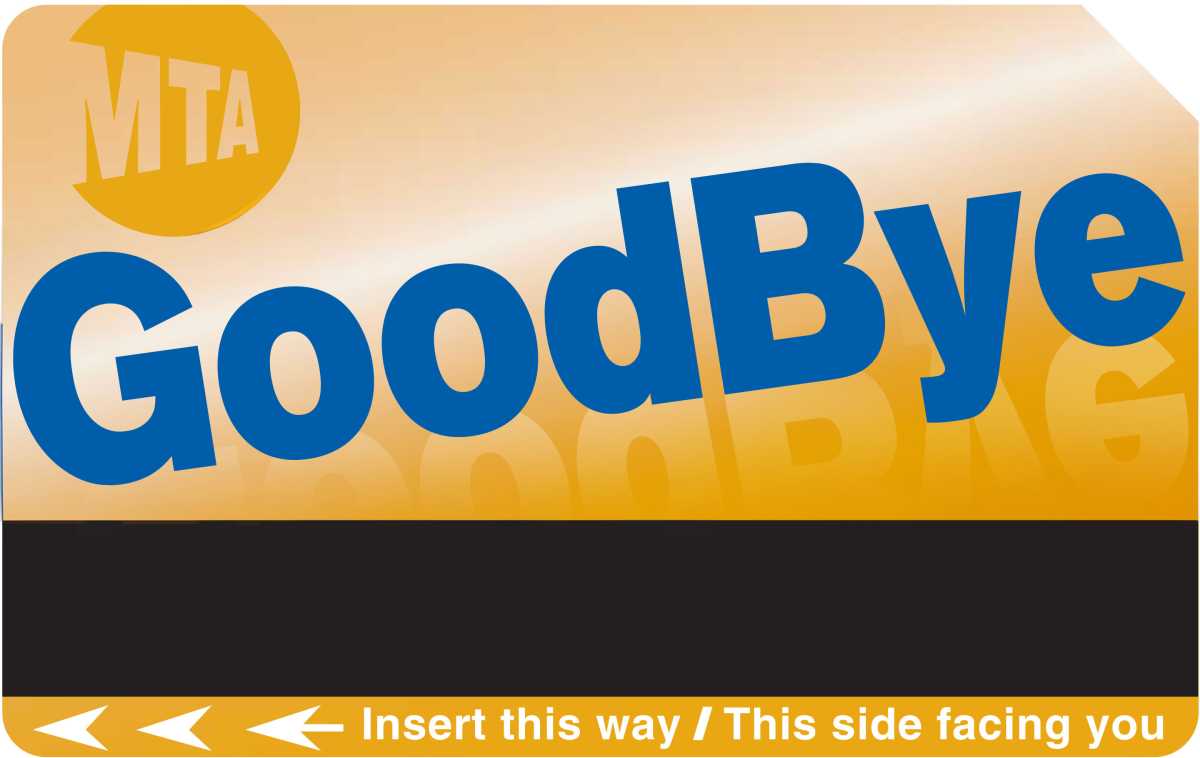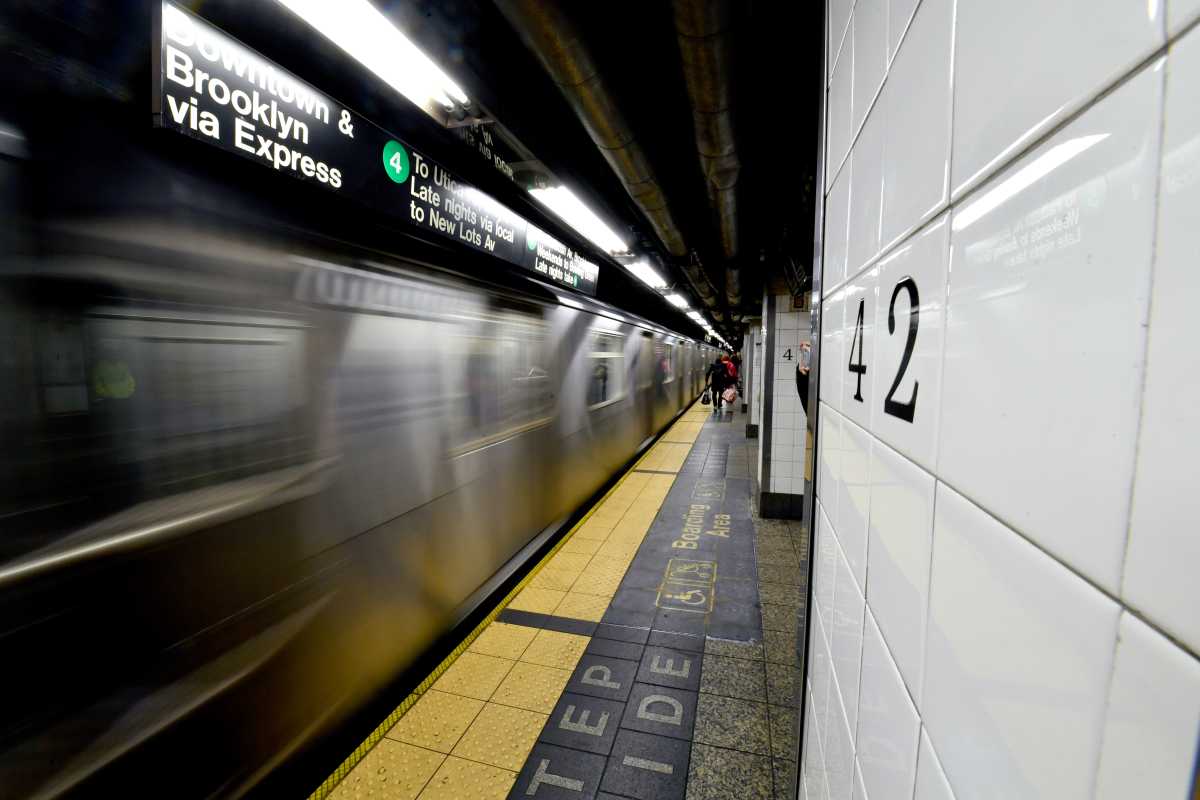Expensive Long Island Rail Road tickets may soon be a thing of the past for Queens commuters.
City Comptroller Scott Stringer unveiled a plan on Oct. 16 that would lower all commuter rail fares to equal the current MetroCard fare of $2.75 and allow for free transfers between railways, subways and buses.
The comptroller was joined by elected officials, including state Senator Toby Ann Stavisky, Assemblywoman Nily Rozic and Councilman Peter Koo and transit advocates at the Murray Hill LIRR station for the press conference to call for an end of the “two-tier transit system.”
The fare decrease would affect the 1.4 million Metro-North and LIRR riders in Queens, Brooklyn and the Bronx who live in areas with fewer transit options. Often, riders in these “transit deserts” are forced to choose between using these expensive railways or taking long trips on buses, trains and roadways.
“New York City’s transit system is in crisis. While commuter rail tracks carve through the Bronx, Brooklyn and Queens, working New Yorkers are stuck behind an unacceptable paywall, forced to pay an exorbitant amount or spend extra hours stuck on overcrowded subways and buses,” said Stringer.
In the report “Expanding Access in One Swipe: Opening Commuter Lines to MetroCards,” the comptroller detailed how the plan would positively affect commuters in these areas by cutting commute times in half, improving job access, extending the reach of the transit system and combating transit overcrowding. His three-part plan would reduce fares for all in-city commuter rail trips and make more local stops, connect bus service with commuter rail stations and make all commuter stations ADA accessible.
According to statistics from the report, Queens has 22 LIRR stations that reach 17 neighborhoods across the borough. Currently, most of the LIRR trains with direct access to Manhattan are located in Zone 3, meaning commuters have to pay $10.25 for a one-way trip to Penn Station during peak hours or $226 for a monthly pass.
Decreased fares would allow for improved integration between Metro-North, LIRR and New York City Transit resulting in less overcrowding at the top five overcrowded subway stations in Queens: Flushing, Jamaica Center, Forest Hills, Kew Gardens and Sutphin Boulevard-Archer Avenue in Jamaica.
The report also showed how 7 train riders at the Woodside and Flushing stations would be affected by lowered railway fares. From 2010 to 2016, 7 train ridership increased 26 percent, while the number of train cars supplied by the MTA dropped two percent due to service cuts and delays.
Stringer’s plan would stave off overcrowding by drawing more commuters to ride LIRR and Metro-North instead of subways.
“According to Comptroller Stringer’s August 2018 economic study, the greater Flushing community has had a 23 percent increase in business growth in the last six years making it No. 4 citywide,” said Senator Stavisky. “It showed that nearly 40 percent of the workers commute by public transportation. I believe that overcrowding on the 7 line can be alleviated with a reduced LIRR fare similar to the Atlantic Ticket recently introduced in southeast Queens. People should be allowed to pay the MTA monthly fare of $121 on the LIRR plus a slight surcharge of $29 per month for a flat rate of $150 for 30 days.”
The full report can be found here.

